News and Announcements
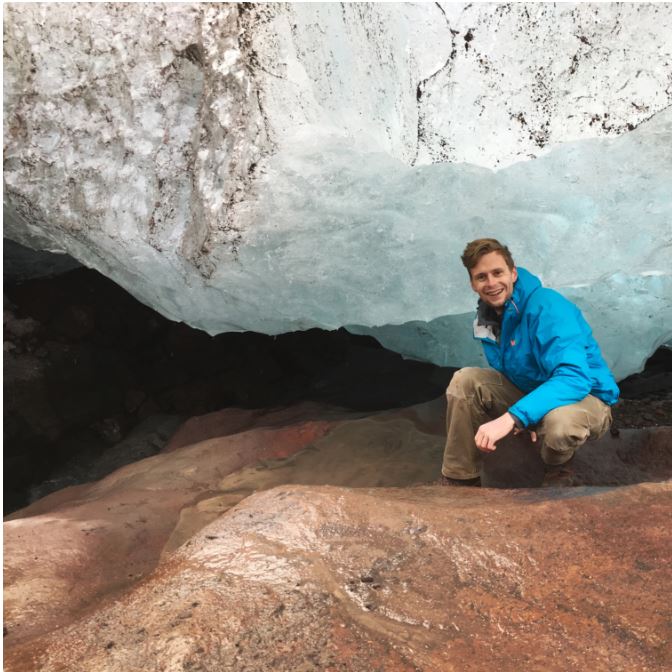
Eric Dunham, of the Boyd Lab, receives NSF Fellowship
The Department of Microbiology and Immunology is pleased recognize graduate student, Eric Dunham of the Boyd Lab, who has recently been selected for the highly competitive National Science Foundation Graduate Research Fellowship. Eric, who studies the role of hydrogen in supporting subglacial microbial communities, has traveled to Iceland to collect sediments from beneath four glaciers. The NSF fellowship will allow him to conduct a second round of experiments on the microorganisms that live without oxygen and are isolated from sunlight in those sediments.
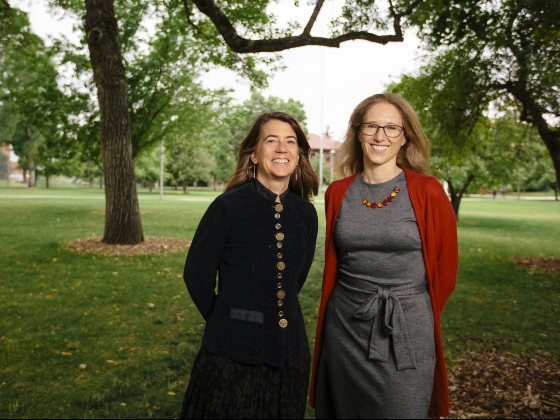
NSF Awards $1.65 Million to Spillover Research
The National Science Foundation has awarded Raina Plowright and affiliates a grant that will help fund her research on the Hendra virus. This particular virus is passed from bats, to horses and then on to people. This spillover is what has raised the issue of how human behavior has contributed to the spread of infectious diseases. Plowright hopes to raise these issues to help the Australian resident’s realize the risk of such spillovers and how they may promote future awareness for such outbreaks.

Plowright Paves way for Sheep Population Increases
Big Horn Sheep have had a diminishing population since the early 19th century. Raina Plowright published findings based on her four-year-study of these creatures, exploring the reasons as to why this has happened. In the article “Age-specific infectious period shapes dynamics of pneumonia in bighorn sheep”, Plowright along with other collaborators has deduced that an aggressive strain of a pneumonia-causing pathogen is the culprit. In her four years of studying sheep, Plowright was able to swab nasal passage ways and collect blood samples in hopes to someday manage the disease and help populations for futures to come.
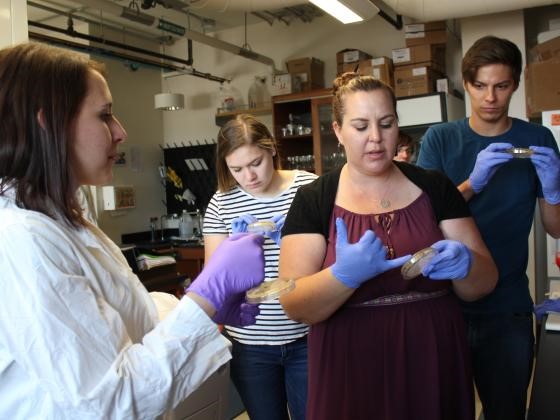
Voyich and Boyd Lab Welcome Salish Kootenai College
The Voyich-Kane and Boyd Lab opened their doors to the Salish Kootenai College as they explored the wide variety of research facilities and majors Montana State University has to offer. Jovanka Voyich-Kane, who is also co-director of the American Indian Alaska Native Clinical and Translational Research Program, was happy to host the students in her lab, shedding light on some of the challenges that bacterial pathogenesis scientists face. Similarly, Eric Boyd, head of the GeoBiology Lab, introduced the students to NASA-funded research currently delving into the evolution of life and explained that having researchers from all backgrounds will contribute to these investigations.
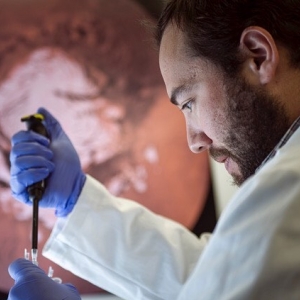
July 2017: Boyd Lab offers new insight on old theories
Assistant Professor, Eric Boyd, and Postdoctoral Researcher, Dan Colman have published a paper about the speculation and accuracy of the astrophysicist Dr. Thomas Gold’s theory regarding potential microbial life thrive deep below the Earth's surface. The paper, "The deep, hot biosphere: Twenty-five years of retrospection", outlines the Boyd's Lab findings which both agree and contradict Gold. Colman, lead author of the PNAS paper, said the discoveries they have made about the microbial life that exists under these extreme conditions provide a better understanding of life on Earth.
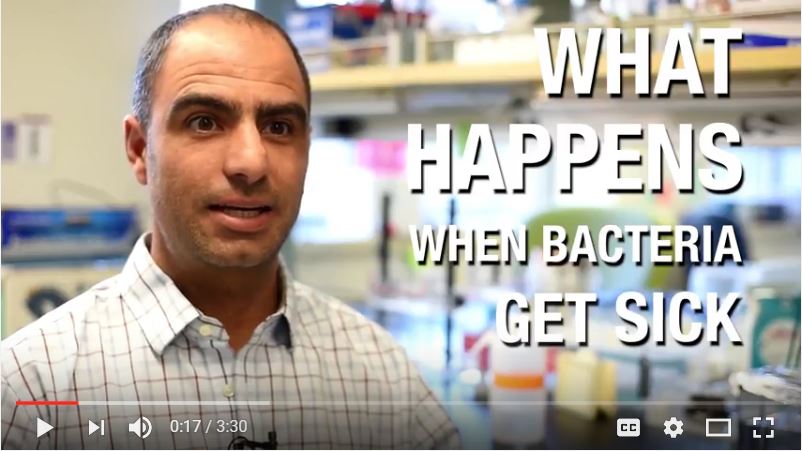
June 2017: Wiedenheft & Fields featured in MSU Division of Health Video
MBI professors, Blake Wiedenheft and Matthew Fields, discuss how their research aims to contribute to improving human health.
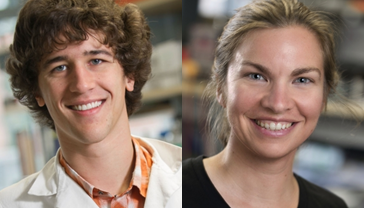
May 2017: Wiedeneheft Lab First Authorship on Two Publications
Josh Carter and Marie Clare Rollins, of the Wiedenheft Lab, have both published as first authors in leading scientific journals. Their research sheds light on how bacteria fend off viruses. Carter’s Cell publication, “Structure Reveals Mechanisms of Viral Suppressors that Intercept a CRISPR RNA-Guided Surveillance Complex,” outlines how CRISPRs can be used to cure genetic diseases. Rollins’s PNAS publication, “Cas1 and the Csy complex are opposing regulators of Cas2/3 nuclease activity”, builds on this infrastructure and explains how CRISPRs are activated. Under the supervision of Assistant Professor, Blake Wiedenheft, researchers continue to make headway in understanding the CRISPR machine.
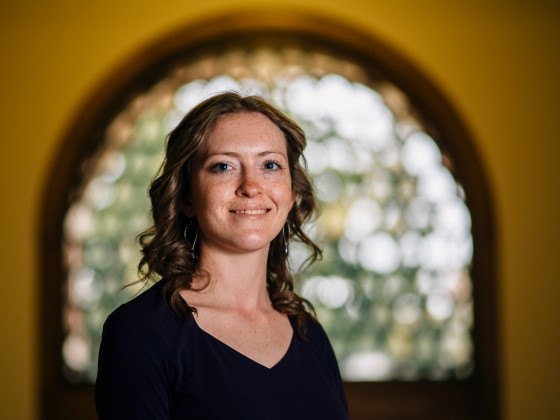
May 2017: Maureen Kessler Awarded Fulbright Scholarship
Maureen Kessler, an ecology Ph.D. candidate from the Plowright Lab has won a Fulbright to study bats. Raina Plowright says that Maureen will be working in high-profile bat-virus system that also encompasses Ebola and other pandemic threats. Maureen first became interested in the role that bats play in disease ecology while conducting malaria research at the time of the Ebola breakout in Africa. With her combined knowledge in public health and ecology, Maureen also intends to research the bat’s role in spreading the Hendra virus to human and horses.
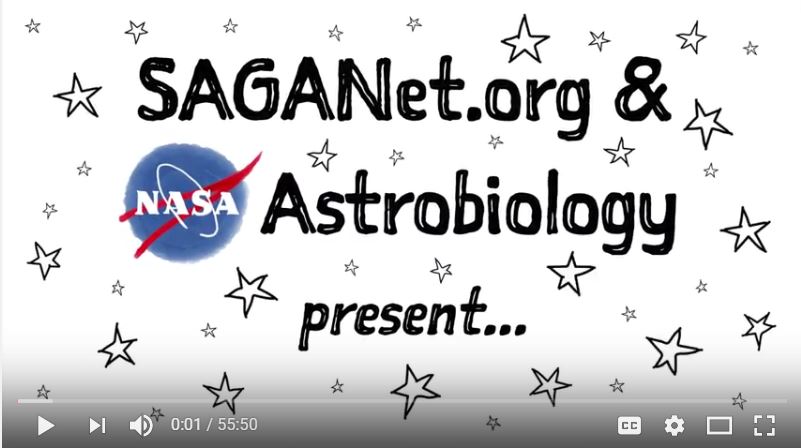
May 2017: Ask an Astrobiologist Interviews Eric Boyd
Once a month, SAGANet hosts a program called "Ask an Astrobiologist", where the public is invited to interact with a high-profile astrobiologist, who replies to twitter and chat questions live on video. Eric Boyd discusses his background and research.
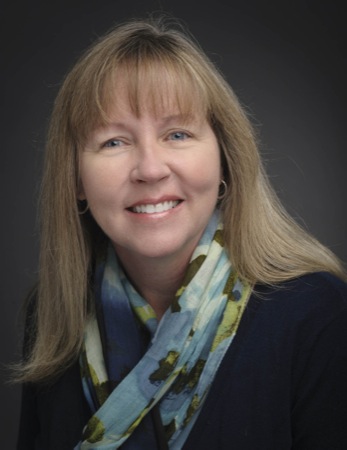
April 2017: Kari Cargill to receive Outstanding Teaching Award
Kari Cargill, senior lecturer with MBI since 1991, has inspired generations of future microbiologists. She currently teaches two large entry-level microbiology courses, BIOM 103: Unseen Universe: Microbes Good and Bad, and BIOM 250: Microbiology for Health Sciences: Infectious Diseases. Kari has a true passion for teaching and demonstrates excellent skill in engaging and supporting her students. Just last spring Kari also received the Provost Award for Academic Advising. Congratulations, Kari, on this well-deserved recognition! We are so thankful for everything that your do!
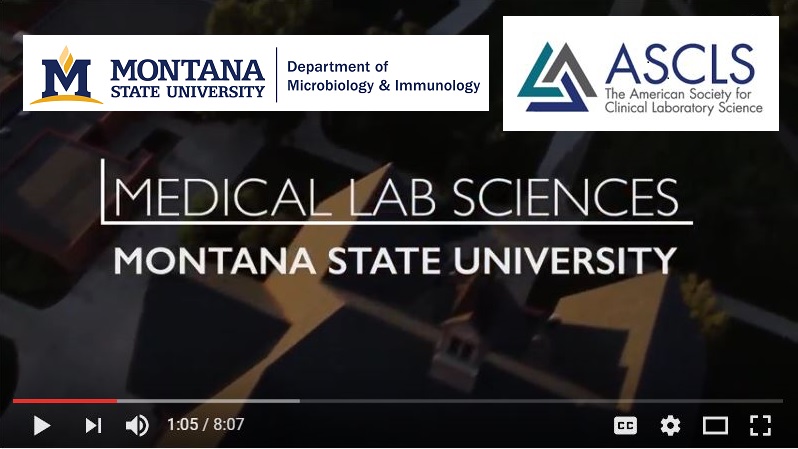
March 2017: MMLS Students receive award from ASCLS for educational video
Students and faculty collaborated to create a video highlighting the MSU Montana Medical Laboratory Sciences Program. The video was awarded the top prize for a student entry by The American Society for Clinical Laboratory Science. Congratulations to students: Maria Rodriguez, Madison Bautista, Sophie Atkins, Serena Klopp, Rachel Johnston, Jessie Tavenner, and Max Hamberger on your amazing video and recognition!

January 2017: Maurice Hilleman Documentary
Maurice Ralph Hilleman (1919-2005) was a MSU alumni and microbiologist, who specialized in vaccinology and developed over 40 vaccines, an unparalleled record of productivity. Of the 14 vaccines routinely recommended in current vaccine schedules, he developed eight: those for measles, mumps, hepatitis A, hepatitis B, chickenpox, meningitis, pneumonia and Haemophilus influenzae bacteria. He is credited with saving more lives than any other medical scientist of the 20th century. National Institutes of Health describes him this way: “Microbe hunter, pioneering virologist, and the world's leading vaccinologist”.
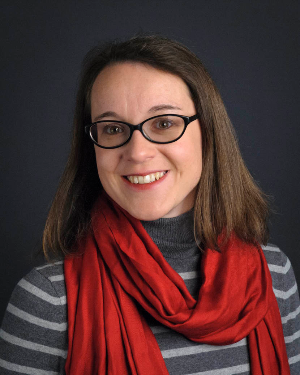
January 2017: Diane Bimczok Receives Excellence Award
The Award for Excellence evening is designed to recognize students who have outstanding records of achievement in academic, extracurricular engagement and service to the University and the communities in which they live. The students then choose a mentoring faculty or staff person to also be honored with an Award for Excellence.
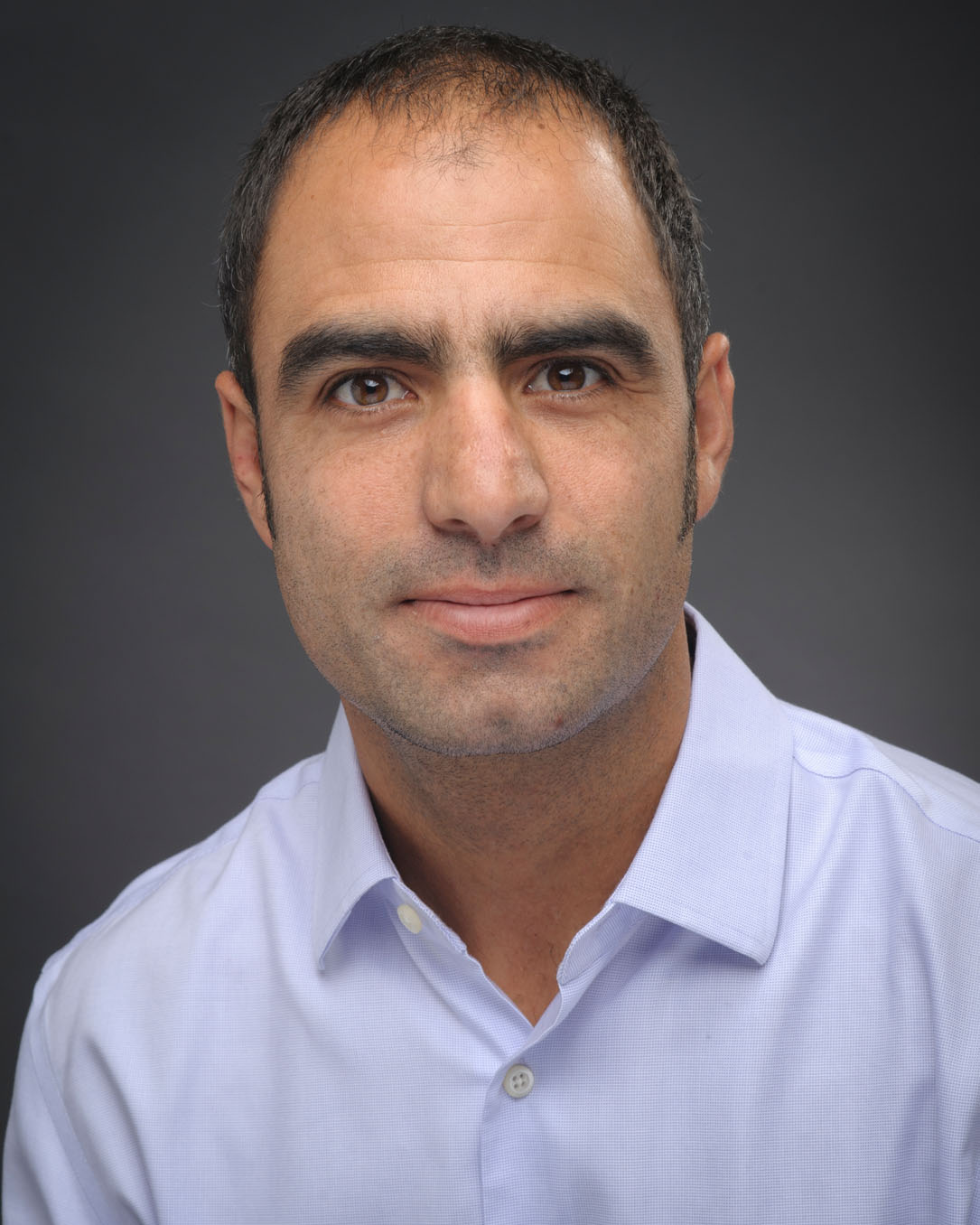
January 2017: Blake Wiedenheft Receives Presidential Award
President Obama named 102 scientists and researchers as recipients of the Presidential Early Career Awards for Scientists and Engineers (PECASE), the highest honor bestowed by the United States Government on science and engineering professionals in the early stages of their independent research careers.
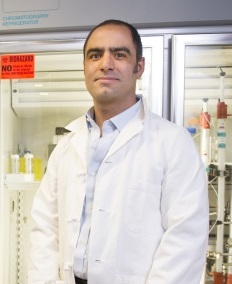
January 2017: Blake Wiedenheft Receives Research and Mentoring Award
Assistant Professor in the Department of Microbiology and Immunology in the College of Agriculture and College of Letters and Sciences, has won the Spirit of Discovery Award, which recognizes faculty who have excelled in teaching and mentoring students in the Honors College . Additionally, Dr. Wiedenheft has won the Vice President for Research Meritorious Technology and Science Award, which recognizes an MSU faculty member who has made significant technological/scientific contributions.
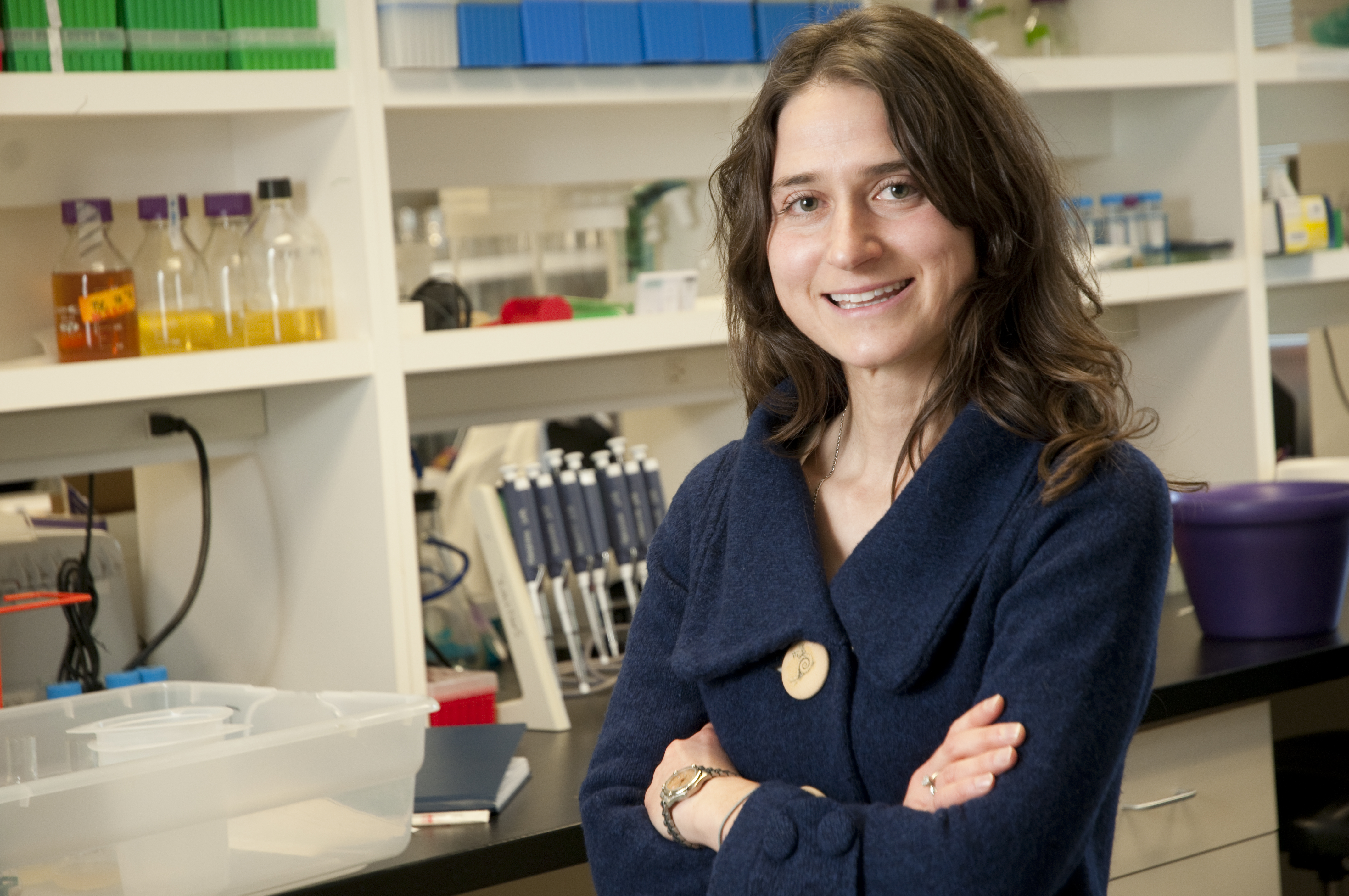
January 2017: Jovanka Voyich Receives Scholarship Award
Jovanka Voyich has been honored with the Cox Faculty Award for Creative Scholarship and Teaching. Jovanka is an Assistant Professor in the Department of Microbiology and Immunology in the College of Agriculture.
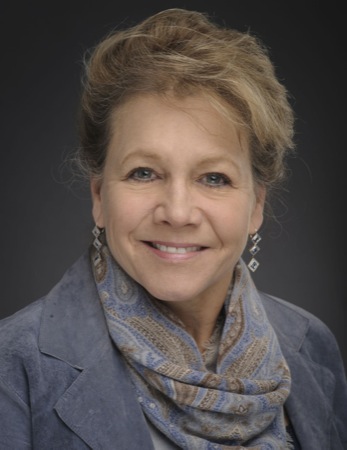
January 2017: Rebecca Mattix receives 2017 Academic Advising Award
Rebecca Mattix is a long-time professor in the Microbiology and Immunology Department. Her extensive background in veterinary practices as well as her degree in animal sciences help her advise students on how cultivate their own careers and professional practices in the world of veterinary medicine. Among her other successes, Becky is also a teaching professor for the the WIMU program offered as a part of MSU's pre-veterinary program housed under the College of Agriculture.
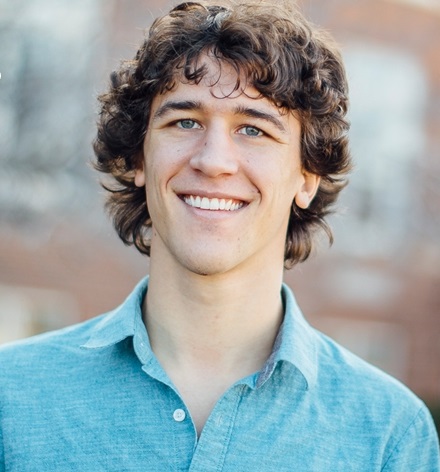
November 2016: Josh Carter Wins Rhodes Scholarship
Josh Carter, a double major in microbiology and mechanical engineering, intends to study clinical neuroscience as a Rhodes Scholar at Oxford University. Rhodes Scholars are not just chosen for their academic achievements but for their commitment to the common good, upstanding character and ability to be diligent leaders. Josh dreams of working to develop affordable, smart prosthetics. Josh is also a student in MSU's Honors College, and recently received the Goldwater Scholarship. Congratulations Josh on your many achievements, we look forward to seeing the good that you accomplish in the world!
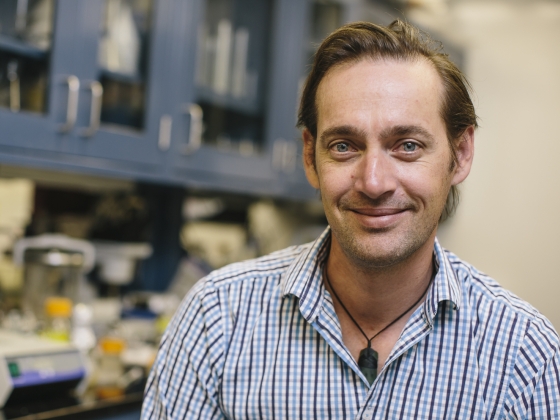
October 2016: Matthew Stott, of the Boyd Lab, Studies Microbes in Yellowstone National Park
Matthew Stott, a visiting Fulbright scholar from New Zealand, is studying microbes in Yellowstone National Park's geothermal hot springs in conjunction with Eric Boyd. Stott's Fulbright project will compare the microorganisms living in Yellowstone's geothermal springs to those of New Zealand's Taupō Volcanic Zone.
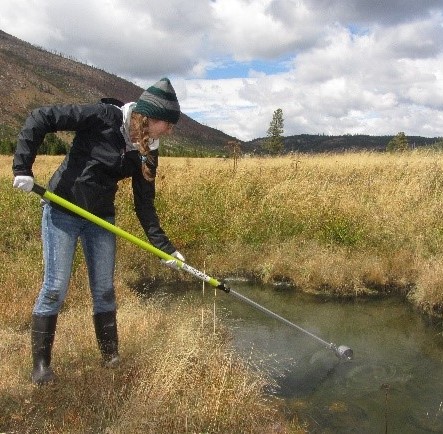
October 2016: New Course "Extreme Microbiology in Yellowstone"
Brent Peyton, affiliate faculty member with Microbiology & Immunology, and Director of the Thermal Biology Institute, will co-teach teach the new undergraduate course, Extreme Microbiology in Yellowstone, starting fall semester 2017. This opportunity for undergraduates was made possible in thanks to a $1 million grant from the W.M. Keck Foundation. In this course students will have the opportunity to combine both field and lab study to learn about extremophiles, and how they interact with their environments.
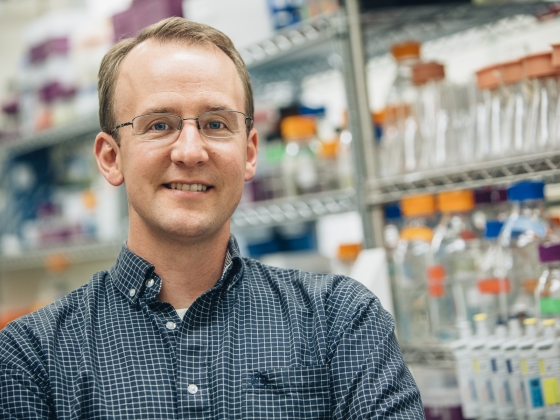
October 2016: Ross Carlson Awarded U.S. Army Research Office Grant
Ross Carlson, an associate professor in the Department of Chemical and Biological Engineering, and an affiliate faculty member with Microbiology & Immunology, will research the role different species of bacteria play in microbial communities. This research has the potential to impact society by creating new strategies for liquid fuel production and improving outcomes for wounded soldiers.

September 2016: Jovanka Voyich Honored with Distinguished Faculty Award from College of Agriculture
The College of Agriculture honored Jovanka Voyich with the 2016 Distinguished Faculty Award. Her outstanding contributions include areas of teaching, research, leadership, achievement, mentoring and outreach.

September 2016: Graduate Student, Michael Coryell, Wins National Institutes of Health Award
Michael Coryell, of the Walk Lab, received the NIH's Ruth L. Kirschstein Individual Predoctoral National Research Service Award that will provide him with mentored research training and support his study of the role microbes found in the human gut play in protecting humans from poisoning.

September 2016: Young Lab's Yellowstone National Park Research Draws Widespead Attention
People normally associate viruses with disease, but the group led by MSU doctoral candidate Pilar Manrique took the opposite approach. Alongside MSU virologist Mark Young, the scientists studied bacterial communities and viruses associated with health.
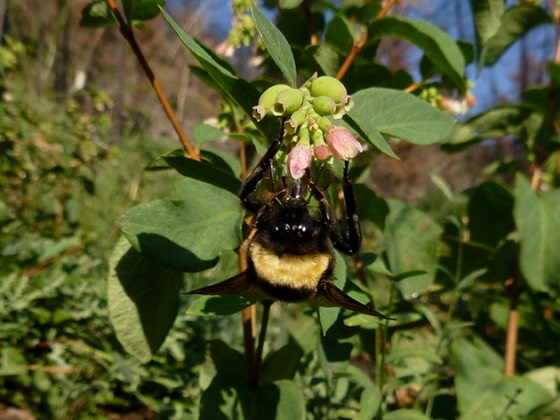
September 2016 - Flenniken Lab: International Conference on Pollinator Biology, Health, & Policy
Laura Brutscher, William Glenny and Alex McMenamin, along with adviser Michelle Flenniken, assistant professor in MSU’s Department of Plant Sciences and Plant Pathology in the College of Agriculture, recently presented their research about viruses and pathogens affecting bees at one of the premier gatherings concerning the health of honey bees and other pollinators.
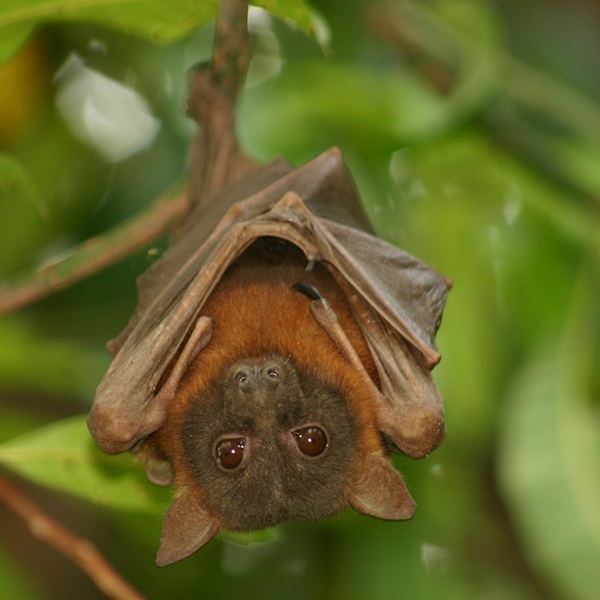
August 2016 - Plowright Lab Featured on Cover of Online Publication
Raina Plowright discusses emerging viruses associated with bats.
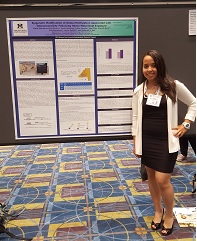
August 2016: Maria Rodriguez Awarded Best Research Poster at ASCLS
Congratulations to Maria on winning first place for her poster at the American Society for Clinical Science in Philadelphia. Maria will now serve as the Montana Representative to ASCLS. The Keil/Pfau Immunotoxicology Lab is a proud supporter of student research and currently has six undergraduate researchers working on various projects.
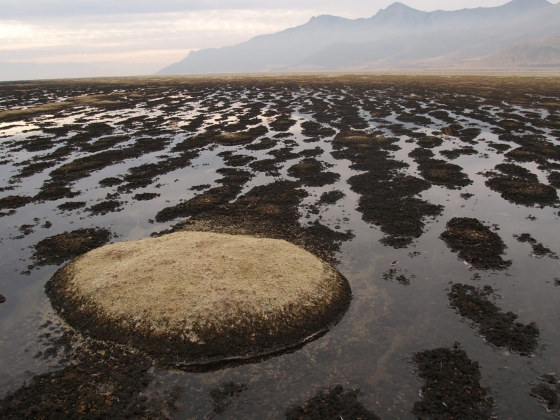
July 2016 - Interdisciplinary graduate course, Precambrian Biosphere, results in publication in Geobiology
Eric Boyd and co-instructor, David Lageson, along with ten graduate students, co-authored a publication in the journal Geobiology. This publication is significant not only for the new insights into the microbial and geological histories of the Great Salt Lake, but also because of the rare class design that fostered the collaboration between students and disciplines.
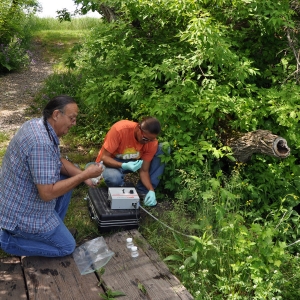
June 2016 - Keil Lab, Along with Little Big Horn College, Receives Grant
Researchers from Montana State University and Little Big Horn College have received an approximately $500,000 grant to address well water issues on the Crow Reservation in southeastern Montana. The researchers will use the funds to continue home well water testing, conduct surveys about well water uses and well head protection, and educate well owners about the quality of their well water and any associated health risks. Additional grant funding will provide home water coolers for free to participating families with unsafe well water.
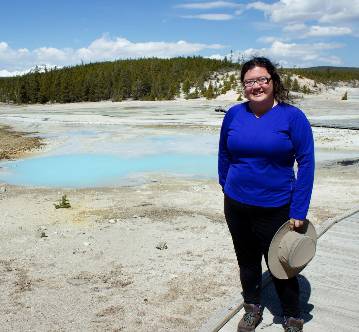
June 2016 - Doctoral Student, Melody Lindsay of the Boyd Lab, receives NASA Fellowship
Melody Lindsay, a third year graduate student in the Boyd Lab, has been awarded a NASA Earth and Space Science Graduate Student Fellowship in Planetary Science Research
for 2016-2017 (with the option to renew for 2 additional years) to study the ecology and evolution of hydrogen metabolism in thermophiles.
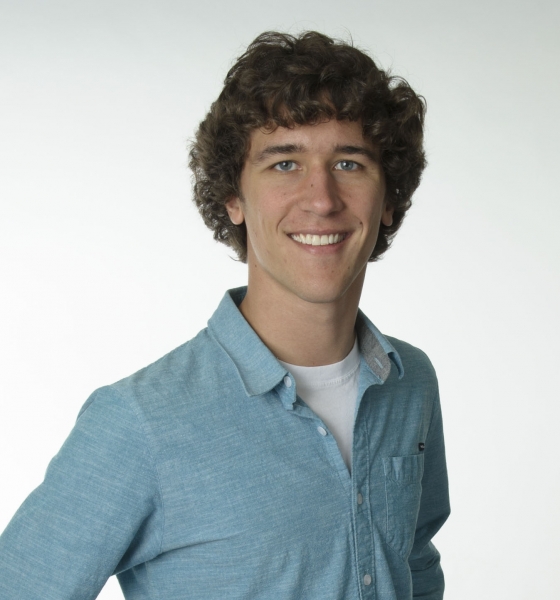
June 2016 - Josh Carter Receives a 2016 Goldwater Scholarship
Josh is double majoring in mechanical engineering and microbiology and also plans to add a minor in biochemistry. Josh has worked for the past three years in the Wiedenheft Laboratory[BROKEN LINK]. His research, which has focused on determining the structure and function of a 405kDa RNA-guided surveillance complex, called Cascade (CRISPR-associated complex for antiviral defense), has resulted in four papers. His publications include a co-first authorship, and another paper on which he was the sole first author.
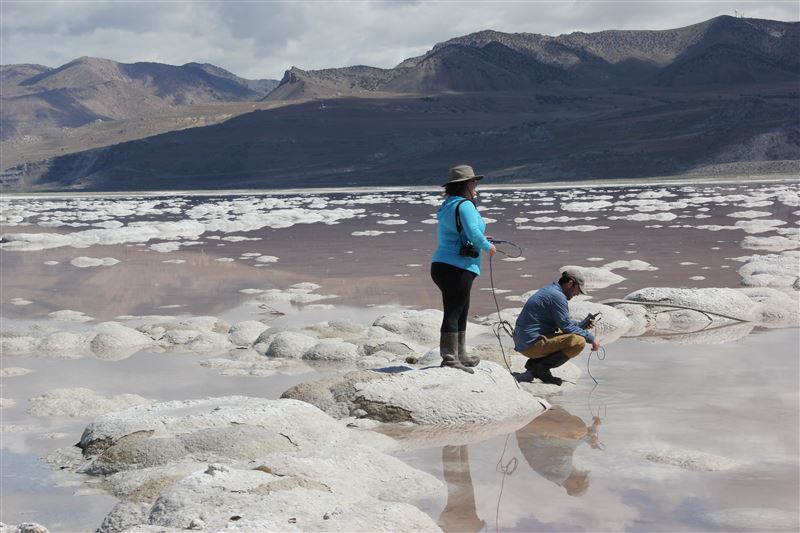
May 2016 - Boyd Lab Explores Microbialites Formed by Living Microorganisms in the Great Salk Lake
Graduate student Melody Lindsay, and postdoctoral researcher Dan Coleman, of the Boyd Lab, worked on analyzing the DNA of the microbialite life in the lake’s south arm and compared it with the microrganisms living in the north arm’s microbialites, partly to figure out what’s building the rocks and what moved in after.
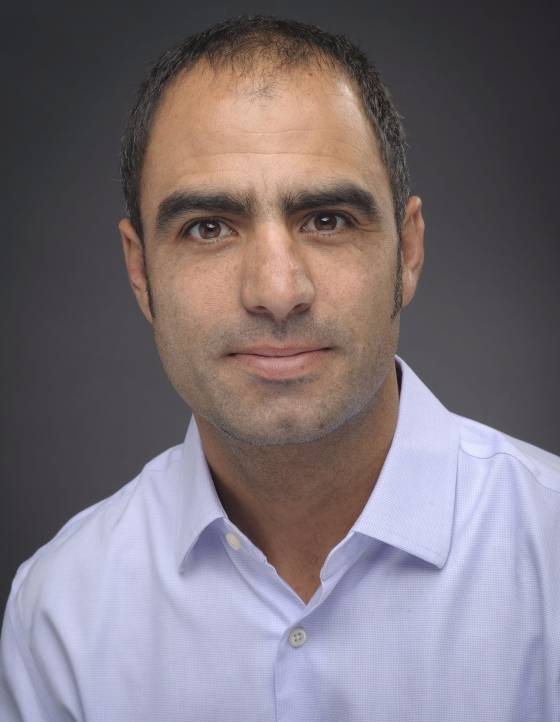
March 2016 - Blake Wiedenheft Gave Inaugural Lecture at the NIGMS to Encourage Undergrads to Pursue Careers in Science
Jon R. Lorsch, director of the National Institute of General Medical Sciences (NIGMS) invited Blake Wiedenheft to address undergraduate students in the inaugural lecture for their Early Career Investigator Lecture Series. Blake delivered the lecture at the National Institutes of Health (NIH) in Bethesda, Maryland, on Wednesday, April 13. This lecture has been be recorded and available online on the NIH VideoCasting site.
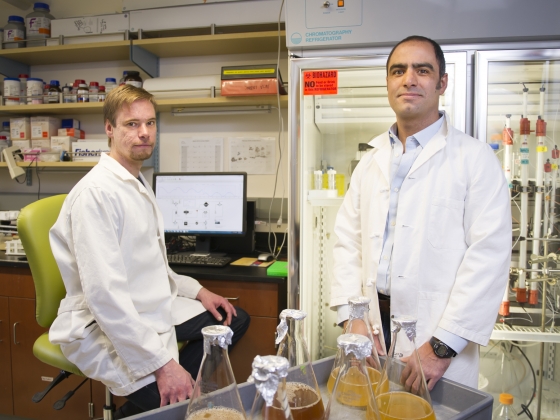
February 2016 - Wiedenheft Lab Research Published in Scientific Journal: Nature
Blake Wiedenheft[BROKEN LINK] and graduate student, Paul B.G. van Erp, joined researchers from Cornell and Johns Hopkins universities to co-author the paper, “Structural basis for promiscuous PAM recognition in type I-E Cascade from E. coli.” This ground breaking research into the immune systems of bacteria has futuristic implications for gene-editing and disease treatment.
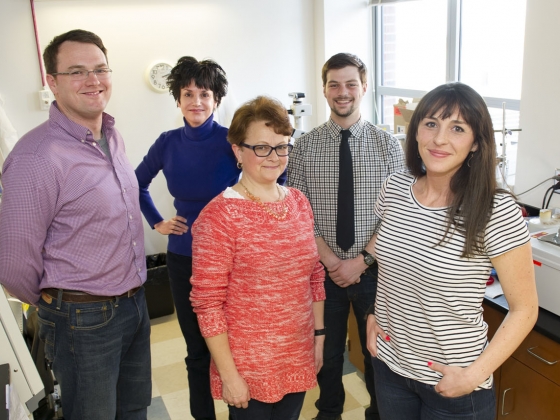
February 2016 - Taylor Lab Research on Competing Viruses Published in the Journal of Virology
Matt Taylor and his team including, Theresa Thornburg, Irina Kochetkova, Max DePartee, Alix Herr and Gabby Law, have discovered several previously unknown pieces in the puzzle of how viruses spread using a model based on the common Herpes Simplex virus that causes cold sores. View their research published in the Journal of Virology.

January 2016 - Kari Cargill honored with Academic Advising Award
Kari Cargill has been honored with the 2016 Academic Advising Award. Kari was nominated for her outstanding academic advising contributions to the Microbiology and Immunology Department. Along with teaching some of the largest enrolled courses in MBI, she advises her students to take classes that will help them reach their academic goals.
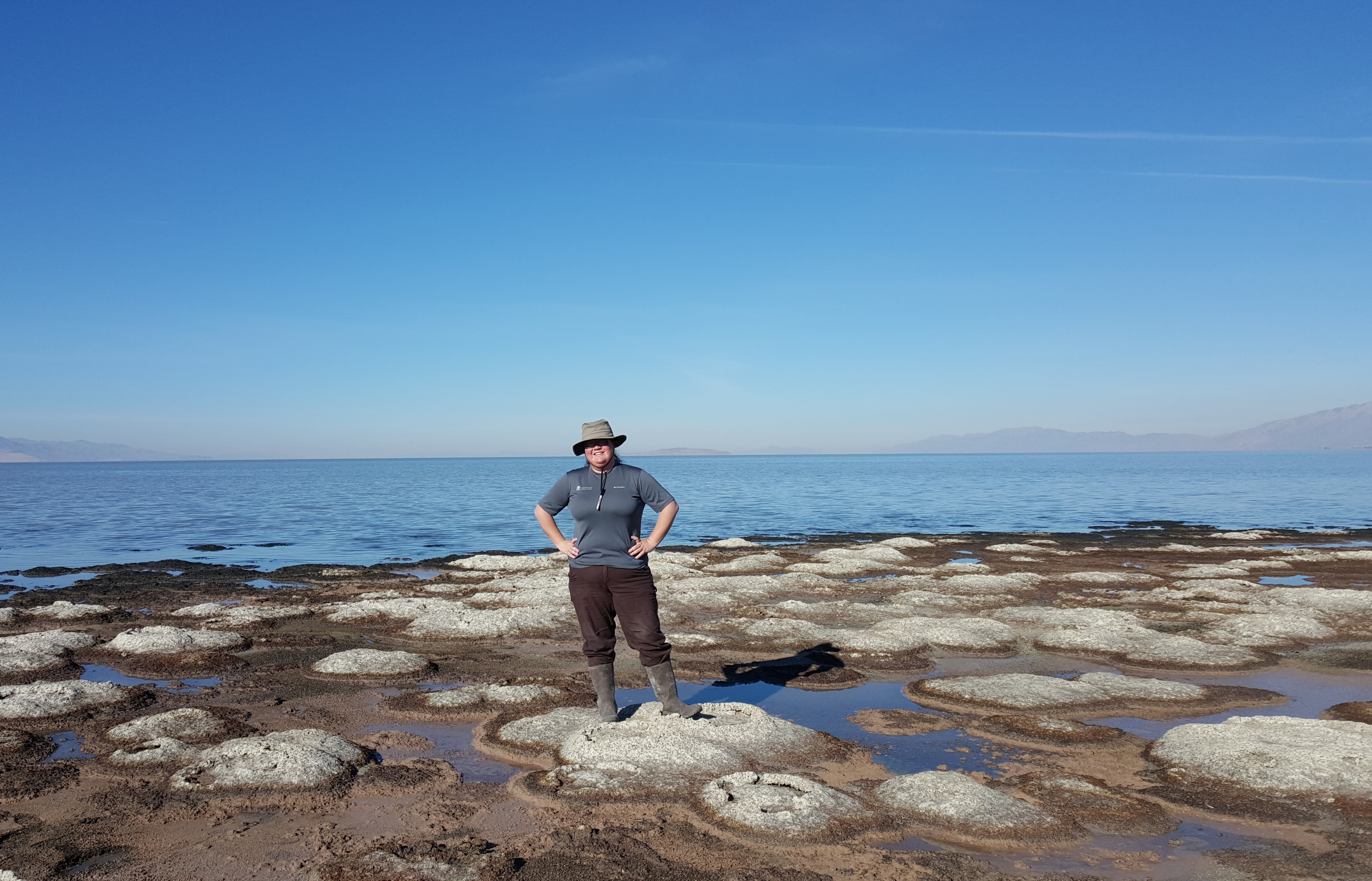
January 2016 - Boyd Lab Research to be Displayed in Natural History Museum of Utah
Research conducted by Eric Boyd and graduate student, Melody Lindsay, will be part of an exhibit on Great Salt Lake microbialites displayed at the Natural History Museum of Utah.
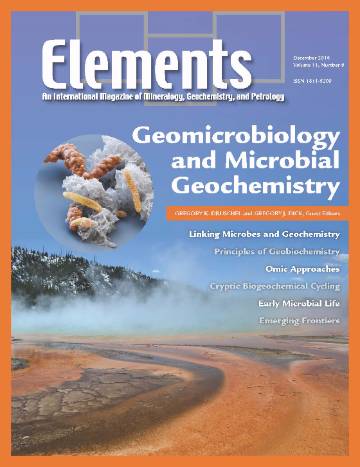
December 2015 - Eric Boyd Publication Featured on the Cover of Elements: An International Magazine of Minerology, Geochemistry, and Petrology
Eric Boyd and co-author, Everett Shock, proposes five principles to help guide research in the emerging field of geobiochemistry.

Dr. Matthew Fields: New Director for the Center for Biofilm Engineering.
Matthew Fields, Professor of Microbiology and Immunology, and new Director for the Center for Biofilm Engineering, recently spoke with the MSU news team about the CBE and his new role as director.
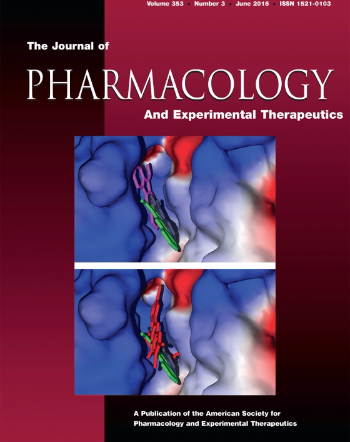
June 2015 - Quinn Lab research featured on the cover of The Journal of Pharmacology and Experimental Therapeutics
Mark Quinn and members of his team, Igor Schepetkin, Liliya Kirpotina and Irina Kochetkova, worked collaboratively on the research covered in this month's Journal of Pharmacology and Experimental Therapeutics. This ground breaking research looks into new ways of treating rheumatiod arthritis. Read an interview with Mark Quinn on the significance of his team's findings.

May 2015 - Two Graduate Students Receive Competitive Research Fund Awards
Graduate students Paul Van Erp, of the Wiedenheft Lab[BROKEN LINK], and Tatsuya Akiyama, of the Franklin Lab, have been awarded research support funds from the MSU Graduate School and the Office of the Vice President for Research and Economic Development as part of the Competitive Research Awards Program. View their research summaries below:
Summary: Bacteria and archaea have evolved adaptive defense mechanisms called CRISPR (clustered regularly interspaced short palindromic repeats)-Cas (CRISPR-associated) systems to protect themselves against invading phages and plasmids. CRISPR-Cas systems store small pieces of invader DNA in the CRISPR array, which functions as a molecular memory bank. CRISPR-RNA (crRNA) molecules are derived from the memory bank and guide surveillance complexes to invading DNA. A sequence match between the crRNA-DNA marks the DNA for destruction. Discovered in the last decade, these defense mechanisms have been the focus of much research and have led to the development of new biotechnological tools. My research is focused on understanding the molecular mechanisms of RNA guided surveillance in the type I-E CRISPR-Cas system of Escherichia coli.
Summary: Pseudomonas aeruginosa forms biofilm and causes chronic infections in cystic fibrosis lung and chronic wounds. Biofilm-associated infections are a major concern for public health due to their high antibiotic resistance. Dormant subpopulation resides in nutrient and oxygen limited region of biofilms are highly antibiotic resistance, suggesting the importance of dormancy for persisting biofilmassociated infections. Dormant cells must maintain their cellular integrity during dormancy. We previously found that hibernation promoting factor (HPF) is important for the preservation of ribosome and maintenance of cell viability during starvation. In this study, we will determine the change in ribosome abundance and cell viability in subpopulations of cells in P. aeruginosa biofilms during starvation using fluorescence in situ hybridization (FISH) and fluorescence activated cell sorting (FACS) followed by drop plating. In combination with antibiotic treatments, our findings will serve as a foundation to identify new therapeutic targets to eliminate biofilm-associated chronic infections.
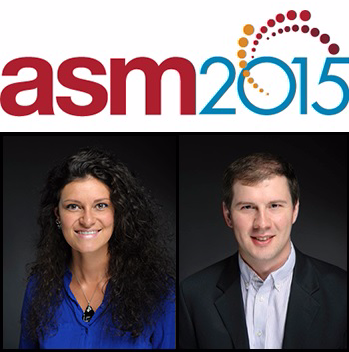
May 2015 - Two Graduate Students from the Fields Lab Receive ASM Travel Awards
Graduate students Laura Camilleri and Greg Krantz, both of the Fields Lab, were recently selected to receive the Travel Award from the American Society for Microbiology. Laura and Greg will present their research in New Orleans at the 115th General Meeting of the ASM. View their research summaries below:
Abstract: Symbiosis is widespread throughout the biosphere with well-studied examples in and across all three domains of life. In communities of bacteria and archaea, mutualism is typically referred to as syntrophy (“eating together”) whereby-products of one metabolism serve as substrates for another metabolism. The syntrophy between sulfate-reducing bacteria (SRB) and methanogenic archaea is of interest because these guilds both play crucial roles in many different anaerobic environments. In the absence of sulfate as an electron acceptor and the addition of the hydrogenotrophic methanogen, Methanococcus maripaludis, the two cell types are interdependent via previously proposed product inhibition syntrophy, and cross feeding of by-products allows a cooperative syntrophic relationship to be established. In monocultures, only D. vulgaris Hildenborough readily forms biofilm, and the topography of the biofilm is relatively flat and thin. However, the co-culture biofilm is evenly interspersed with M. maripaludis, and is thicker and filled with topographical features such as ridges, spires, and valleys. We have recently demonstrated that M. maripaludis exhibits taxis toward hydrogen, or hydrogenotaxis, as well as showing that biofilm helps optimize the carrying capacity of the syntrophic coculture. In order to better understand the interactions between M. maripaludis and D. vulgaris Hildenborough, RNA-Seq was used to create a transcriptomic profile of the coculture biofilm as compared to the planktonic mono- and co- culture states. Our results suggest that key steps in methanogenesis are down-expressed for M. maripaludis and electron transfer related genes are down-expressed for D. vulgaris Hildenborough. Many of the up-expressed genes include hypothetical proteins but also include cell surface modifications, communication via small metabolites, N-cycling, and metal homeostasis. This is in direct contradiction with results published for work done with similar coculture systems in the planktonic growth mode, thereby indicating that the biofilm growth mode is both phenotypically and physiologically unique most likely due to mass transport considerations inside and outside the biofilm.
Greg Krantz: Electron Donor Limitation Promotes Metal Corrosion by Desulfovibrio alaskensis Biofilms
Abstract: Microbially Induced Corrosion (MIC) is a major concern for industrial ferrous metal pipelines and can result in pipeline failure. Sulfate Reducing Bacteria (SRB) have been implicated in contributing to MIC due to their production of corrosive H2S gas and elemental sulfur along with metal-microbe interactions. This project focuses on the effects of electron donor limitation and electron acceptor limitation on biofilm physiology and corrosion rate on carbon steel versus stainless steel and glass surface materials. Desulfovibrio alaskensis G20 was grown under steady-state conditions in sulfate-reducing biofilm reactors. Batch cultures grown under EAL and EDL conditions had similar maximum growth rates, but differed significantly in final cell yields at 37C. Under EAL conditions, biofilms on glass had elevated biomass levels, and higher protein levels were detected on 316 steel compared to 1018 steel. At later time points, the 1018 steel had an elevated carbohydrate to protein ratio. Under EDL conditions, biofilms on glass had the highest protein levels; 316 and 1018 steel had similar biofilm protein levels. Hexose-equivalents were similar for the three tested surfaces under EDL conditions and slightly elevated for 1018 steel compared to glass and 316 steel. In addition, under EDL conditions, 1018 steel also had an elevated carbohydrate to protein ratio. Differential corrosion rates were observed between electron donor limiting (EDL) and electron acceptor limiting (EAL) conditions on 1018 carbon steel and 316 stainless steel. The results indicated that different ratios of respiration substrates contributed to altered rates of corrosion, and the difference in corrosion rates could not be explained solely by sulfide, acetate, or carbohydrate levels. The presented results are the first report of increased mass loss under EDL conditions using a defined medium under steady-state conditions.
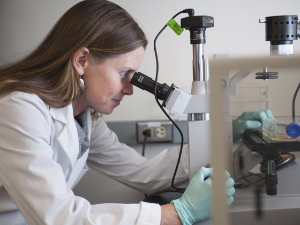
May 2015 - Dr. Michelle Flenniken receives three grants for the study of honeybee health
Michelle Flenniken, Assistant Professor in the Department of Plant Sciences and Plant Pathology, and joint faculty member with the Department of Microbiology and Immunology, recently received three grants to advance her lab's research in the role of viruses and other pathogens in hive health.
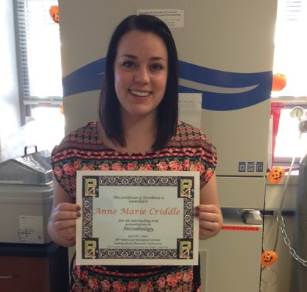
April 2015 - Undergraduate Student, AnneMarie Criddle, receives an Outstanding Oral Presentation Award
The Department of Microbiology and Immunology would like to congratulate AnneMarie Criddle, from the lab of Matthew Taylor, for her recognition at the 40th West Coast Biological Sciences Undergraduate Research Conference for an Outstanding Oral Presentation in Microbiology. View her research summary below:
Coinfection is the ability of two viruses to infect the same cell, a situation required for recombination between the two viral genomes. HSV and its model system, Pseudorabies virus (PRV), have demonstrated exclusion of other herpes viruses by expressing glycoprotein D (gD) on the surface of infected cells. It was previously shown that viral exclusion of HSV by gD occurred between four and six hours post infection. Our aim was to use fluorescent expressing viruses to quantify viral exclusion at a cellular level and refine this exclusion time window.
Pig epithelial cells were infected with two fluorescent protein encoded viruses. Delaying the second inoculum allowed us to visualize when exclusion was occurring at a cellular level. Infected cells were imaged using an epifluorescent microscope and quantified using viral titering and fluorescent activated cell sorting. It was found that an exclusion event was occurring at two hours post infection of the initial inoculum. Supporting these results, the addition of cycloheximide showed an increase of the secondary inoculum, suggesting that immediate/early viral proteins are necessary. Future work involves investigating this early mechanism of exclusion using a gD null virus to determine if this viral exclusion mechanism is gD independent.
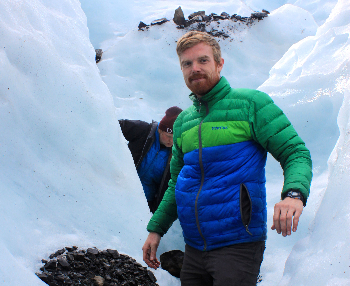
April 2015 - Postdoctoral Researcher, Luke McKay, receives NASA Fellowship
Luke McKay joined the lab of Eric Boyd earlier this year to study microbes that thrive in extreme environments. The NASA Fellowship Award shows the implications of this field of research to provide clues into the origins of life on Earth and how life may exist on other planets.
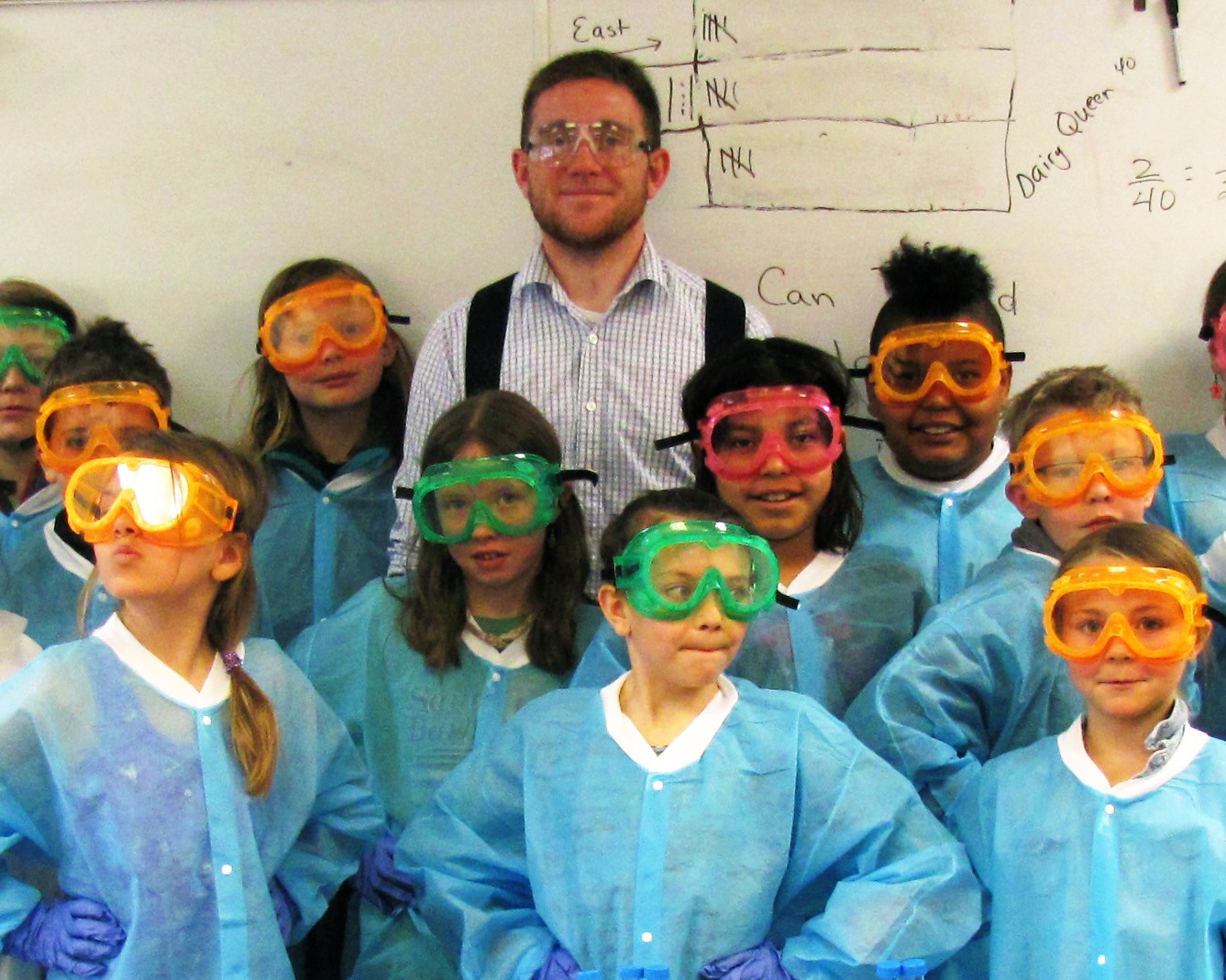
April 2015 - Will McGuinness, of the Voyich Lab selected to present his research in Washington D.C.
Each April, the Council on Undergraduate Research hosts Posters on the Hill in Washington, D.C., on Capitol Hill. Approximately 60 students from all over the country are selected on a competitive basis, to present their research posters to invited guests such as Senators, Congressional Representatives, federal agency program officers, and the science press corps. Will McGuinness, a senior at MSU, was the sole student selected from the State of Montana.
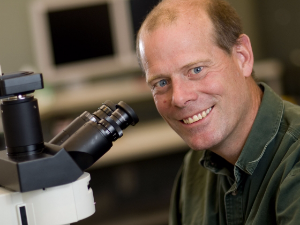
March 2015 - Researchers from the lab of Dr. Ed Schmidt discover the important role of methionine in protecting liver cells.
Researchers Justine Prigge and Sofi Eriksson, among others, from the lab for Dr. Schmidt published an article this month in Nature Communications looking into the important role of methionine as an antioxidant in the liver when other systems fail. MSU News spoke with Dr. Schmidt about the research and value of this discovery.
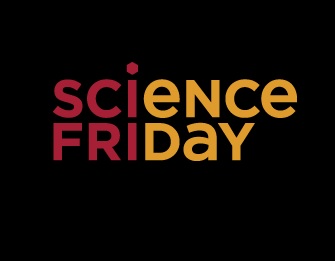
February 2015 - Brent Peyton of the Thermal Biology Institute featured in Science Friday article
MSU's Dr. Brent Peyton[BROKEN LINK], of the Thermal Biology Institute and Dr. Joseph Shaw, of the Optical Technology Center, talk to Science Friday about what causes the brilliant colors in the famous Yellowstone thermal spring, Morning Glory Pool, and what it might have looked like before human influence.
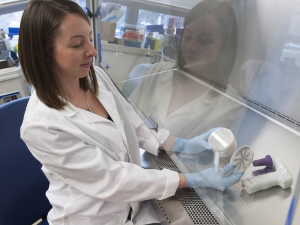
January 2015 - Alayna Caffrey, from the lab of Dr. Josh Obar, discovers key to fighting pulmonary infection
Doctoral student, Alayna Caffrey, along with MSU researchers and co-authors Margaret (Peggy) Lehmann, Julianne Zickovich, Chritopher Watschke, Kimberly Hilmer and Dr. Josh Obar, published an important paper this week that looks at key traits for fighting fungal infection in the lungs. MSU News spoke with Alayna and Dr. Obar this week.
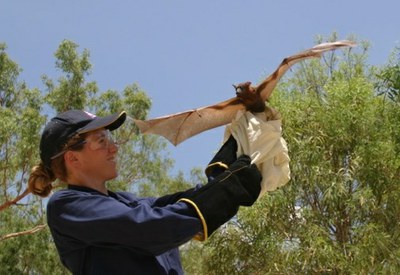
January 2015 - Dr. Raina Plowright talks bats with The New York Times
Dr. Raina Plowright recently spoke with Natalie Angier of The New York Times about
the amazing immune systems of bats, the role that bats play in spearing viruses, and
their potential to give us clues into preventing disease in the future.
For further reading view Raina's recent publication on bat virus spillover in the November volume of the research journal Proceedings B.
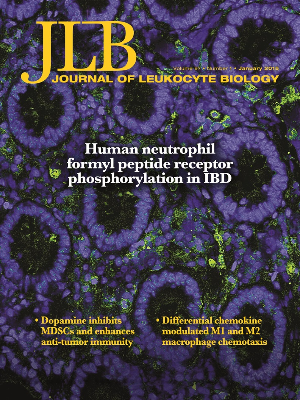
January 2015 - Dr. Al Jesaitis' research is featured on the cover of the Journal of Leukocyte Biology
View the current research of MSU faculty emeritus Dr. Al Jesaitis and fellow MSU researchers Jeannie Gripentrog, Connie Lord, and Marcia Riesselman in the current publication of the Journal of Leukosite Biology.

October 2014 - Dr. Eric Boyd to help lead $7 million NASA project looking into early life on earth
Eric Boyd, and the Rock-Powered Life team, for which he is the deputy director, have been awarded $7 million dollars as part of a NASA project that is dedicating $50 million dollars towards the study of the origins, evolution, distribution and future of life in the universe. The nationwide Rock-Powered Life Team will be looking into microbes that are able to subsist off of the chemical energy that is released when rock and water interact at low temperatures.
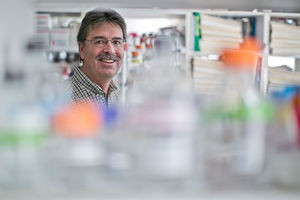
October 2014 - Dr. Mark Quinn interviewed by the Bozeman Daily Chronicle
Mark Quinn talks to Gail Schontzler, of the Bozeman Daily Chronicle, about our department's recently awarded $5.4 million grant from the National Institute of Health for the study of infectious diseases.
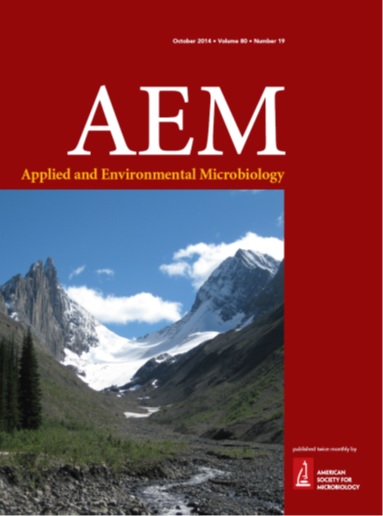
October 2014 - Dr. Eric Boyd AEM publication
View the current research of Dr. Eric Boyd in the journal of Applied & Environmental Microbiology. Learn about how microbial communities survive and thrive in subglacial habitats cut off from the outside world.
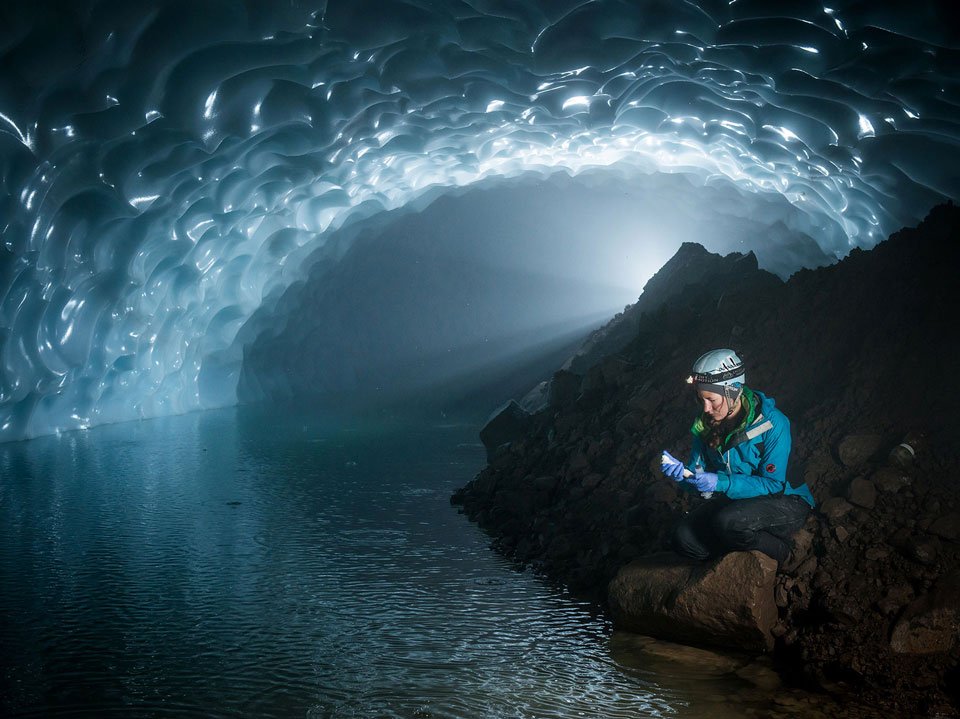
September 2014 - Zoe Harrold, of the Boyd Lab, featured in Seattle Times front page article
View this amazing photo essay on the current research of postdoctoral resident, Zoe Harrold, who works in the labs of Dr. Eric Boyd and Dr. Mark Skidmore.
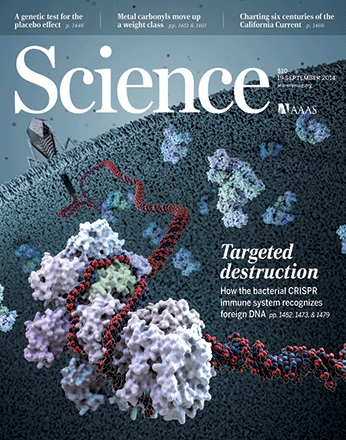
September 2014 - Wiedenheft Lab on the cover of Science Magazine
View the recent research coming out of Dr. Blake Wiedenheft's lab from Ryan Jackson, Sarah Golden, Paul van Erp and Joshua Carter. Researchers in the Wiedenheft Lab have made a significant contribution to the understanding of a new field of DNA research, with the acronym CRISPR, that holds enormous promise for fighting infectious diseases and genetic disorders.
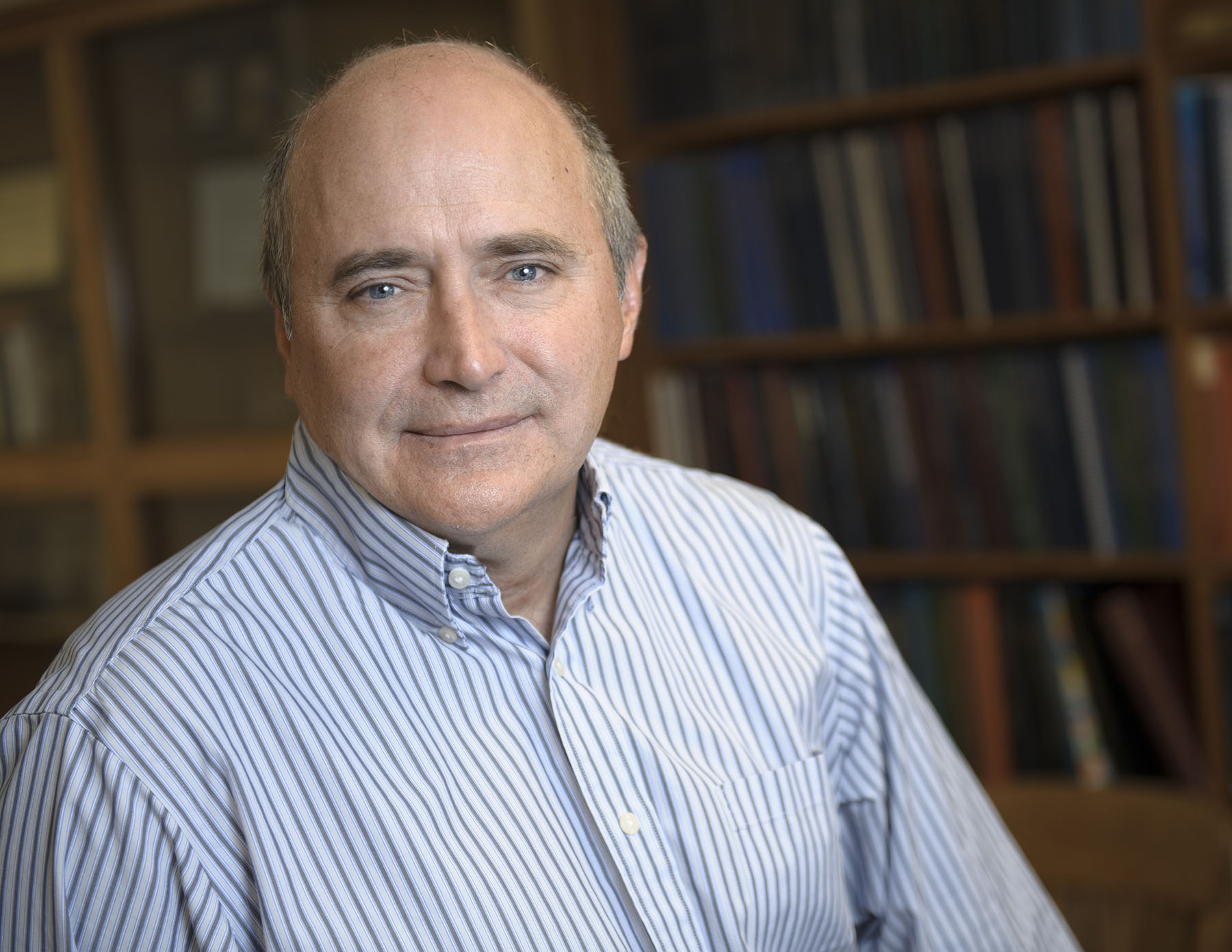
July 2014 - Dr. Jutila named Department Head of Microbiology & Immunology
Dr. Mark Jutila, professor of immunology and infectious diseases, has been named Department Head for the Department of Microbiology and Immunology.
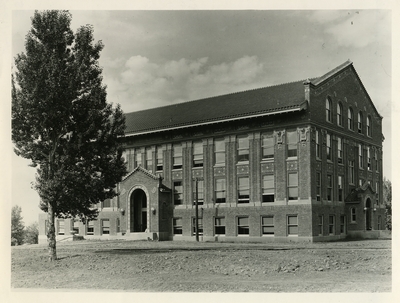
November 2013 - Microbiology and Immunology Departments to Merge
The Montana Board of Regents learned at its Nov. 22 meeting in Bozeman that the Office of the Commissioner of Higher Education has approved MSU's request to merge the Department of Microbiologyin the College of Letters and Science and the Department of Immunology and Infectious Diseases in the College of Agriculture. Supporters said the union will enhance teaching and research in biomedical and environmental microbiology, two of MSU’s major strengths.
